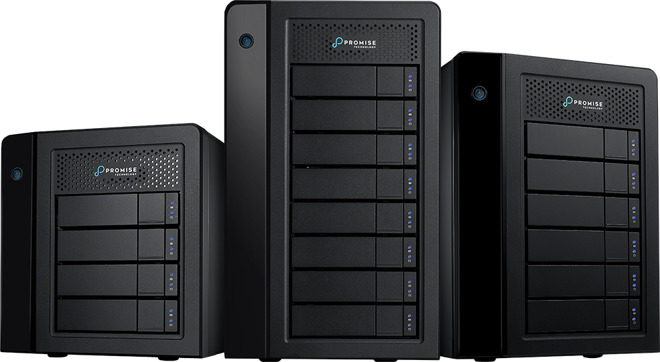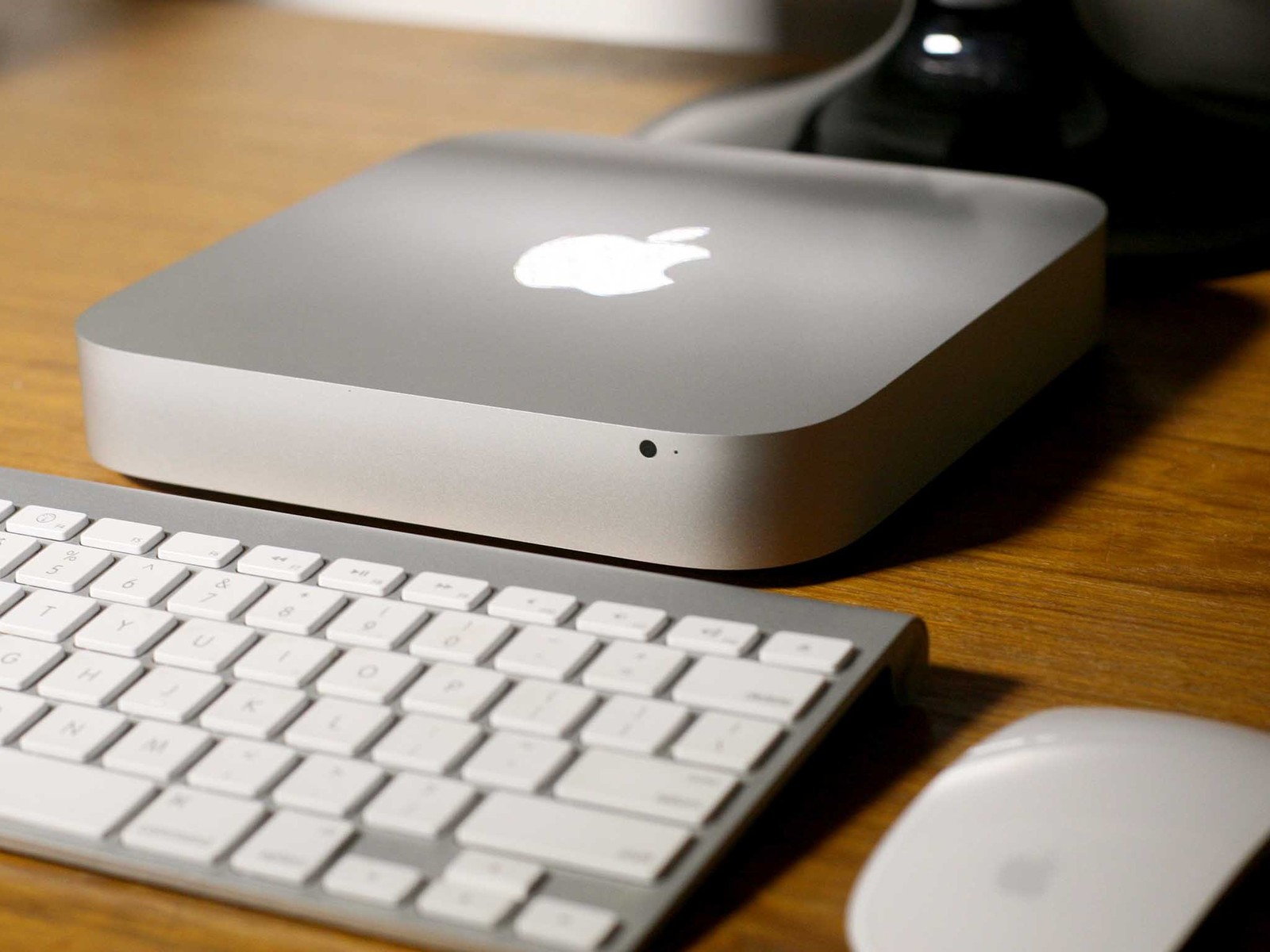고정 헤더 영역
상세 컨텐츠
본문
DataTech Labs® knows how crucial the data stored on your server is to the success of your business. We also understand how vital it is that your mission-critical data is recovered as quickly as possible after a experiencing a failure or crash. Our highly skilled server data recovery engineers will work diligently to recover data thought to be lost from all types of failed servers and RAID arrays.

Best Mac Data Recovery Software
There are many different server types and configurations. Regardless of type, setup, or cause of failure DataTech Labs can recover data from your failed server. Here are just a few of the setups that we can recover data from. We Perform All Types of Recovery. What to do After a Server Crash If you have experienced a server failure, do not run any utilities or attempt to rebuild. Anything that is done at this point can greatly reduce our ability to recover data from the server.
What may seem intuitive to try can permanently destroy any chance to recover data from that failed server. Immediately to ensure a fast and successful recovery of your business’s essential data.
We promise, as a professional SAN data recovery provider, that our case managers will work with you to make sure your SAN is up and running as soon as possible. With one of the highest recovery rates in the industry and our experienced engineers, we are confident we can retrieve your lost or deleted data, FAST. Our engineers are always learning the most up-to-date tools and techniques to make sure they have the confidence and experience to work on all types of failures and devices.
The Mac Data Recovery Guru Main Window Mac Data Recovery Guru works by employing content-based file scanning. This is a different approach to traditional forms of data recovery which attempt to repair the device in question, which when they go wrong will write over the data you were trying to retrieve in the first place.
Our method opens the device in read-only mode, and will search through the entire device for files, or pieces of files, that are present. It reassembles the data it finds into regular files on the fly. Sound complicated?

It is, but after years of refinement it appears to the user as a seamless process, and is as easy as browsing through your regular files in the Finder. In fact, it looks almost the same. What kinds of devices do the data recovery products work on? The short answer is any device which acts as a drive on your Mac. However the device does not have to be visible in the Finder as the Recovery Guru line can see and scan devices which OS X does not show. To see if your device is usable, open the program and click on the “Drives” tab on the main window. It will show you everything that can be seen.
The long answer is that it works on devices such as these (this is not an exhaustive list, but a series of examples):. Disks: Macintosh disks (HFS filesystems, HFS+, HFSX filesystems), Windows disks (NTFS, FAT filesystems), Linux disks (Ext2, Ext3, Ext4 filesystems), Unix disks (XFS, UFS filesystems). Digital Cameras: (Kodak, Minolta, Nikon, Canon, Fuji, Olympus, Sigma). Mobile Phones: Android, Nokia, Motorola, Palm, Dell, Hewlett-Packard, Samsung, Sanyo, Siemens, Sony Ericsson, Panasonic, Kyocera, Blackberry.
Miscellaneous devices: USB pen drives / USB flash storage / USB memory sticks, Memory Cards for cameras and portable devices, CD’s/DVD’s, MP3 Players, PlayStations, X-Boxes, Wii’s, Palm devices. Can anything stop it? The only things that can typically deter it are the following: One is if the file you want back has been written over since you deleted it (but your chances are usually pretty good, if you run the demo you will see many files that you deleted years ago). Two is if the device has been secure-erased, in which case nothing can get it back, with the exception of Lastly, Apple’s more recent line of hardware has been shipping with built in SSD drives which support TRIM, which is a mechanism whereby an SSD drive will write 0’s over data as soon as a file is erased. This can greatly decrease the chances of a file recovery in the case of a simple deleted file recovery.
However, if you are recovering files from a corrupted disk or volume, then the file recovery will work just as well as if you were recovering from a spinning magnetic drive. This is because the data is not secure-erased unlike with a case of a simple deleted file recovery. If this is what you are running then your best hope is to select “Search for deleted and regular files” in the program and hope that your file will be found somewhere else, such as in a cache somewhere or embedded in another file. My Drive is physically damaged or failing.
It won’t show up at all. Is there any point in trying these programs?
The drive does not need to be visible in the Finder for it to be recoverable with our programs, and drives will often be recoverable even when they are not visible at all. If you run the free trial and see if your drive is present under the “Drives” tab of the main window (if it’s not already under the “Volumes” tab) it will show you if your device is visible to the operating system or not. Why aren’t the names of the files shown? Filenames are not stored as part of the file, they are stored in a complex part of the filesystem. After a file is deleted the Recovery Guru product searches for the content of the file itself, which is the most reliable method of recovering any file or remnant of the file that exists. It is not generally feasible to search for the filename of a deleted file, because that is stored in the HFS Filesystem at the beginning of the disk.
To compensate for this the Recovery Guru product shows live file previews that you can browse through, allowing rapid identification of the desired files to be recovered. Additionally, it is fast to recover an entire folder of filetypes to the Finder, and then search through those files using Spotlight. And finally, some filetypes do preserve the filenames because they are stored within the files themselves. Most music files (MP3’s, AAC’s, etc) are like this.
They also preserve album artwork within the file. Just import the files into an MP3 player to be able to see this information. What kind of data can I get back? There is often more data that can be recovered than can be shown in a simple list. For example: Mac Data Recovery Guru will find all text on a device, no matter where it is located (be it in a Word document, in an email, or a web page). It will also find files embedded inside of other files (for example, it will find JPEG’s embedded in PDF’s, or Photoshop files embedded in Illustrator files). Therefore you will often find a lot more data being undeleted off of your drive than is determined by filetypes.) “The software’s new simplified interface lets users browse their deleted files, and recover them by file type.

It’s all very intuitive and simple to use.” 4 out of 5 stars.




